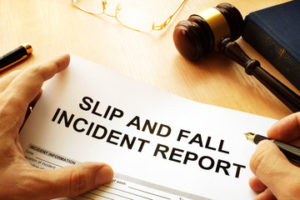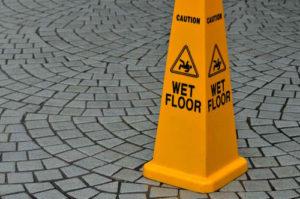The U.S. Occupational Safety and Health Administration (OSHA) describes the construction industry as a “high hazard industry” that may expose workers to such dangers as falling from rooftops, being struck by heavy equipment, electrocutions, and more.
Construction site accidents are usually caused by unsafe working conditions, faulty equipment, lack of safety precautions, or human error.
The U.S. Bureau of Labor Statistics says there were 2,900 nonfatal occupational injuries and illnesses in the construction industry in Kentucky in 2019. Of these, 1,700 injuries and illnesses required days away from work, a job transfer, or restricted job duties.
More recently, Kentucky work safety inspectors conducted 61 inspections and issued 167 citations and $621,220 in fines for OSHA construction standards violations from October 2020 through September 2021.
When a construction worker is injured and put out of work, their income disappears, and the medical bills start piling up. However, Kentucky has a system in place to assist workers who cannot work because of workplace injuries.
An injured construction worker who has been hurt on the job may be entitled to workers’ compensation benefits that pay medical bills and a portion of lost wages. If someone other than the worker’s employer caused the accident, the injured worker may be able to seek additional compensation through a personal injury lawsuit.
If you have been injured while working on a Kentucky construction site, an experienced construction injury lawyer at Morgan, Collins, Yeast & Salyer can help you seek the full workplace injury benefits available.
We’ll summon Kentucky Courage and fight for the workers’ comp benefits you are owed. Contact us today for a free legal consultation.
Types of Accidents and Injuries that Occur on Construction Sites
Some of the leading hazards at construction sites include:
- Falls
- Falls on stairways
- Falls from ladders
- Scaffolding
- Electrical shock, electrocution
- Fires and explosions
- Trench cave-ins
- Motor vehicle accidents, especially back-over accidents
- Highway work zone accidents, construction vehicles hitting workers,
OSHA says falls consistently account for the greatest number of fatalities in the construction industry. Thirty-two of the 167 Kentucky OSHA citations issued in 2020-2021 were related to violations of fall protection requirements.
Fifteen more were for improper use of ladders and four were for requirements applicable to specific types of scaffolds.
The types of accidents that frequently occur on construction sites lead to such injuries as:
- Head and brain injury
- Broken bones
- Spinal cord injury, including damage that can cause paraplegia or quadriplegia
- Electrocution
- Burns
- Crush injuries
- Suffocation
Many construction site injuries are caused by over-exertion, whether it occurs because of a single incident or from years of wear and tear from lifting, reaching, crouching, awkward body contortions, and vibrations from power tools.
Over-exertion injuries often develop as:
- Back and neck injuries, particularly immobilizing sprains and strains of lower back muscles, tendons, and ligaments, and damage to spinal discs
- Shoulder injuries
- Knee and ankle injuries
- Repetitive motion injury to the hands and wrists
PeopleKeep, a company that arranges employer-funded health benefit plans, or health reimbursement arrangements (HRAs), says as of 2019 the average insured overnight hospital stay costs $11,700. But that’s an average of negotiated costs based on all potential reasons for a night in the hospital.
For example, without insurance, back surgery can cost $25,289, and treating an arm or wrist fracture can cost $21,427, the organization says.
If you are injured on the job, workers’ compensation insurance is supposed to cover these costs, plus replace about two-thirds of your wages while you cannot work. Additional disability payments may be available to a worker who is permanently disabled.
Can You File a Workers’ Compensation Claim?
Workers’ compensation is a no-fault insurance program that most employers in Kentucky are required to provide for their employees. You qualify for benefits if your injury occurred in the course of your employment no matter who caused your injury.
To protect your rights after being injured on the job, you or someone helping you should:
- Report the accident to your employer. Within a week, tell your employer in writing exactly what happened, what you were doing beforehand, when and where you were, and what injury diagnosis you have received.
- Tell your doctor that you were hurt while on the job. If you are to remain out of work, make sure you get an “off work slip” from the doctor. Make a copy and give the original to your employer.
- Follow all of your doctor’s instructions. Failure to do so may be used as evidence that you are not as badly injured as you say and could damage your workers’ compensation claim.
To file a claim, you must complete the Application For Resolution of a Claim – Injury plus several attachments and submit them to the Department of Workers Claims in Frankfort, Kentucky. From there, the process of obtaining benefits gets complex.
If your employer or their insurer disputes your claim, you are at a disadvantage trying to pursue benefits on your own. The Kentucky Labor Cabinet, which administers workers’ compensation, points out that most injured workers hire an attorney to file a claim for them.
Do You Have a Personal Injury Claim?
In exchange for no-fault insurance benefits, workers are generally not allowed to sue their own employers for injuries suffered on the job, even if the employer’s negligence caused the injury. But this immunity only applies to your employer.
If anyone else caused your injury, you may be able to seek compensation from them for the losses that you have sustained.
An injured worker might pursue a third-party personal injury claim involving a:
- Another contractor or subcontractor on a construction site who does not employ the injured worker
- Vendor operating on a job site
- A motorist whose actions caused an accident, such as recklessly driving a vehicle
- Maintenance company that failed to properly repair equipment that caused an injury
- A manufacturer that produced a defective tool responsible for an accident
While workers’ compensation pays medical bills and a portion of lost income, a personal injury claim may seek money for lost wages as well as for pain and suffering and other losses. The specific facts of the accident dictate whether filing a personal injury claim is an option after an accident.
Contact Our KY Construction Injury Lawyers
A construction worker’s health, strength, and agility are crucial to his or her ability to make a living. If you have been put out of work because of a workplace injury, you should explore whether workers’ compensation benefits are available to you. If someone other than your employer caused your injuries, you may be due additional compensation as well.
Let Morgan, Collins, Yeast & Salyer fight to make sure you receive the benefits and additional compensation you deserve.
When the going gets tough, our attorneys have the Kentucky Courage to fight for justice on behalf of our clients. We also practice Social Security Disability law, so if your injuries qualify you for disability benefits, we can help with that, too.
Contact us online now or phone (877) 809-5352 to schedule your free consultation about the legal assistance we can provide you.
The post Common Construction Worker Injuries in Lexington appeared first on Morgan, Collins, Yeast & Salyer.
from Morgan, Collins, Yeast & Salyer https://www.kentuckycourage.com/blog/common-construction-worker-injuries-lexington/
via https://www.kentuckycourage.com



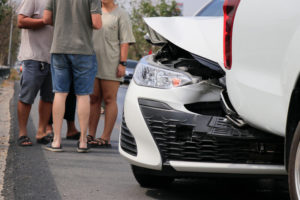
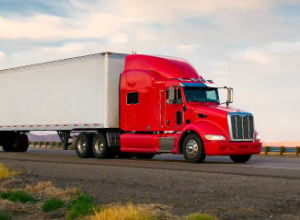



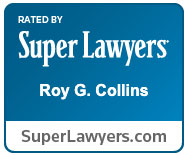
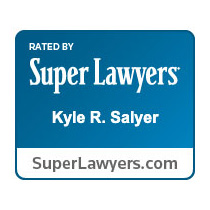
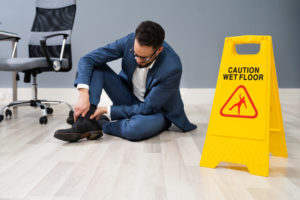 Any time an employee is injured while on the job, the injured worker should report the accident to their supervisor. The company may have a formal process for reporting on-the-job accidents and injuries. An injured employee should follow company policies for reporting an accident and/or injury as closely as possible.
Any time an employee is injured while on the job, the injured worker should report the accident to their supervisor. The company may have a formal process for reporting on-the-job accidents and injuries. An injured employee should follow company policies for reporting an accident and/or injury as closely as possible.